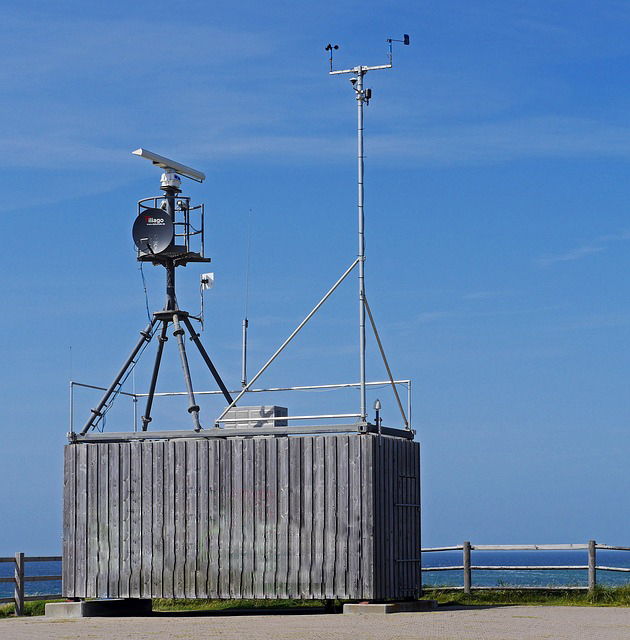This article has been updated. To see the new version, go here.
AERMET Made Easy: Selecting Weather Stations
“The determination of representativeness should include a comparison of the surface characteristics (i.e., zo, Bo and r) between the NWS measurement site and the source location, coupled with a determination of the importance of those differences relative to predicted concentrations.” – AERMET User Guide
Say what?! How does this guidance help select a representative weather station for use with AERMET?
A Framework for decisions in dispersion modeling
Putting the AERMET guidance into action, I am proposing your decision for representativeness be based on four criteria:
- Proximity of the NWS measurement site to the source location;
- Land use comparison between the NWS measurement site and the source location;
- Presence of large geographic features between the NWS measurement site and the source location;
- Wind pattern and climate comparison between the NWS measurement site and the source location.
Information to Make a Decision
Not just to make an informed decision, but also to document the decision making process for the public record, you need objective data. Below is where you can obtain what is needed to help you make your decision on which NWS stations to select.
For proximity comparisons, the location of NWS stations and the application site are needed. The latitude and longitude coordinates of weather stations can be found from three sources:
- http://weather.rap.ucar.edu/surface/stations.txt
- http://mrcc.isws.illinois.edu/CLIMATE/ (you will have to create a user account, for free)
- The NaviKnow GeoDataBase (30-day free trial is available at http://www.naviknow.com/geodatabase/)
For land use comparisons, land use map data can be found at https://www.mrlc.gov/viewerjs/. The land use maps are a few formats for use with GIS software. You can also use the NaviKnow online land use tool available at http://landuse.naviknow.com/. You will have to create a free user account to use the tool.
To determine if there are any significant geographic features between a NWS station and an application site, using Google Maps (https://www.google.com/maps) should be sufficient. You can view terrain in 3-D.
To compare wind roses of multiple NWS stations, if you have a choice of several, wind rose data can be found at http://mrcc.isws.illinois.edu/CLIMATE/ . There is a wealth of other meteorological data available at this site. Climatological data, such as 30-year average monthly rainfall and temperature data (minimum, maximum, and mean) can be found at http://www.prism.oregonstate.edu/recent/. These data are in a variety of formats depending upon how you want to use it.
Summarizing
So now, when having to select NWS weather stations for your AERMOD modeling analysis, there is a framework to follow and links to data to flesh out your decision making process, as well as documentation of your decision making process.
If you found this article informative, there is more helpful and actionable information for you. Go to http://learn.naviknow.com to see a list or past webinar mini-courses. Every Wednesday (Webinar Wednesday), NaviKnow is offering FREE webinar mini-courses on topics related to air quality dispersion modeling and air quality permitting. If you want to be on our email list, drop me a line at [email protected].
One of the goals of NaviKnow is to create an air quality professional community to share ideas and helpful hints like those covered in this article. So if you found this article helpful, please share with a colleague.
